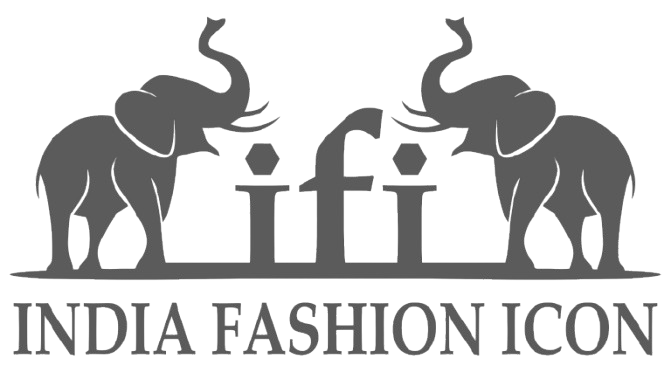Procter & Gamble (P&G) began its fiscal year with a notable performance. For its first quarter (July-September), the company recorded net profit of US $4.75 billion — a 20% increase compared to the same period last year.
Sales for the quarter were US $22.386 billion, up approximately 3% year-on-year on a reported basis.
On an organic growth basis (excluding effects of foreign exchange, acquisitions and divestitures), the company grew 2%, including about a 1% gain from price increases.
Business Segment Performance
Breaking the results down by business segments:
-
Beauty: US $4.143 billion in sales — up ~6% year-on-year.
-
Grooming: US $1.817 billion in sales — up ~5%.
-
Health Care: US $3.220 billion — up ~2%.
-
Home Care: US $7.793 billion — up ~1%.
-
Baby, Feminine & Family Care: US $5.171 billion — up ~1%.
So, while growth was modest in some mature segments, the stronger growth in Beauty and Grooming helped bolster overall performance.
Strategic Significance & Trends
-
This performance signals that P&G is managing global headwinds (tariffs, cost inflation, currency) while still delivering profit growth.
-
The fact that the tariff impact is halved is notable — it suggests supply-chain mitigation or cost absorption strategies are working.
-
With healthy growth in the Beauty and Grooming segments, P&G is leaning into categories where consumer demand remains resilient even in challenging environments.
-
Hence modest growth in categories like Home Care and Family Care suggests those areas are mature or more exposed to competitive/price pressures.
-
Thus guidance for organic sales growth in the full year remains at 3%-9% and diluted EPS growth at 3%-9%.
Implications for Consumers & Industry
For consumers: the stable performance of P&G may translate to continued investment in product innovation, possibly with fewer disruptive price increases if tariffs and materials costs are managed.
ost pressures
For more style updates & exclusive fashion stories follow indiafashionicon.com

 info@indiafashionicon.com
info@indiafashionicon.com









